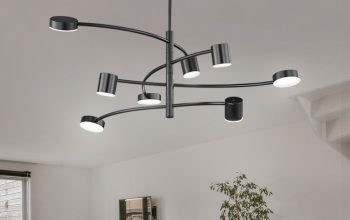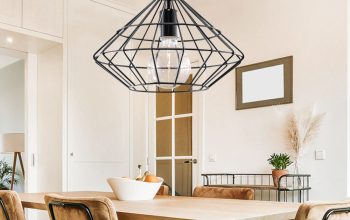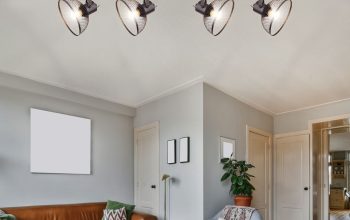Lighting is a crucial aspect of any creative endeavor. It sets the mood, highlights details, and establishes the overall ambiance. In a studio setup, where lighting plays an even more significant role, the right kind of lamp can make all the difference.
In this article, we delve into the world of studio lamps and explore its various types, their benefits, and how they can enhance your creative process.
The Different Types of Studio Lamps
There are several types of studio lamps, each catering to different needs and purposes. Here are some of the most common types:
1. LED Lamps
LED lamps are some of the most energy-efficient, long-lasting, and versatile studio lamps out there. They produce a bright, even light that can be easily dimmed or adjusted according to the situation.
LED lamps come in many forms, from small table lamps to giant floor models, and can be used for various types of work, such as painting, drawing, photography, and videography.
2. Halogen Lamps
Halogen lamps are also a popular choice for studio lighting. They come in either a reflective or diffused format, depending on the type of light you need.
Halogen lamps are known for their crisp, bright light, which is perfect for photography and videography. However, they tend to get hot and can be a fire hazard if mishandled.
3. Fluorescent Lamps
Fluorescent lamps are popular for their bright, even light that mimics natural daylight. They are also energy-efficient and long-lasting, making them an excellent choice for studios that require consistent lighting for long periods.
However, fluorescent lamps tend to flicker and can cause headaches and eye strain, making them less suitable for prolonged use.
The Benefits of Using a Studio Lamp
Using a studio lamp can greatly enhance your creative process. Here are some of the benefits of using one:
1. Better Lighting
A studio lamp provides a consistent source of light that can illuminate your workspace and highlight details that might go unnoticed in other lighting conditions. This can greatly improve the quality of your work and help you produce better results.
2. Improved Efficiency
Having a well-lit workspace can reduce eye strain and fatigue, allowing you to work for longer periods without getting tired quickly. This can improve your efficiency and help you accomplish more in less time.
3. Versatility
A good studio lamp is versatile and can be used for different types of work. Whether you’re painting, drawing, filming, or photographing, a studio lamp can provide the right kind of light to make your work shine.
A studio lamp is an indispensable tool for any creative person. It can improve the quality of your work, enhance your efficiency, and provide the right kind of lighting to achieve your goals.
When choosing a studio lamp, consider your specific needs and the type of work you do. Whether you go for an LED lamp, halogen lamp, or fluorescent lamp, make sure it caters to your unique requirements and helps take your creative process to the next level.




